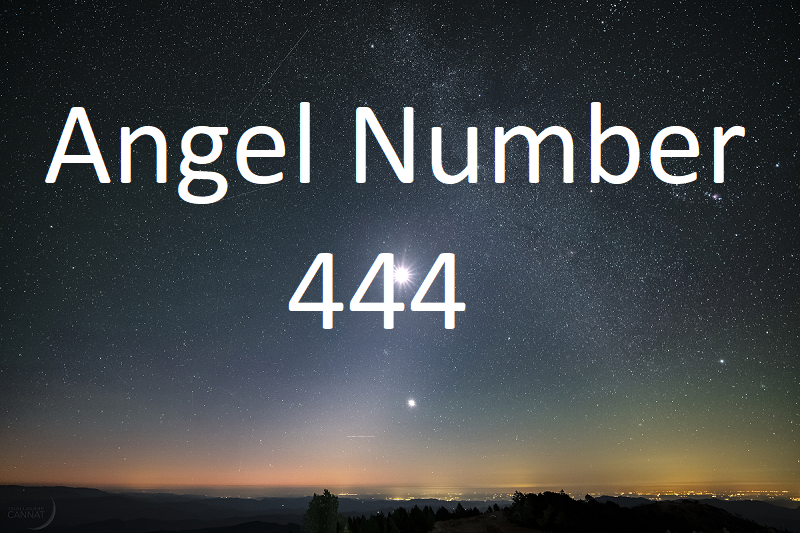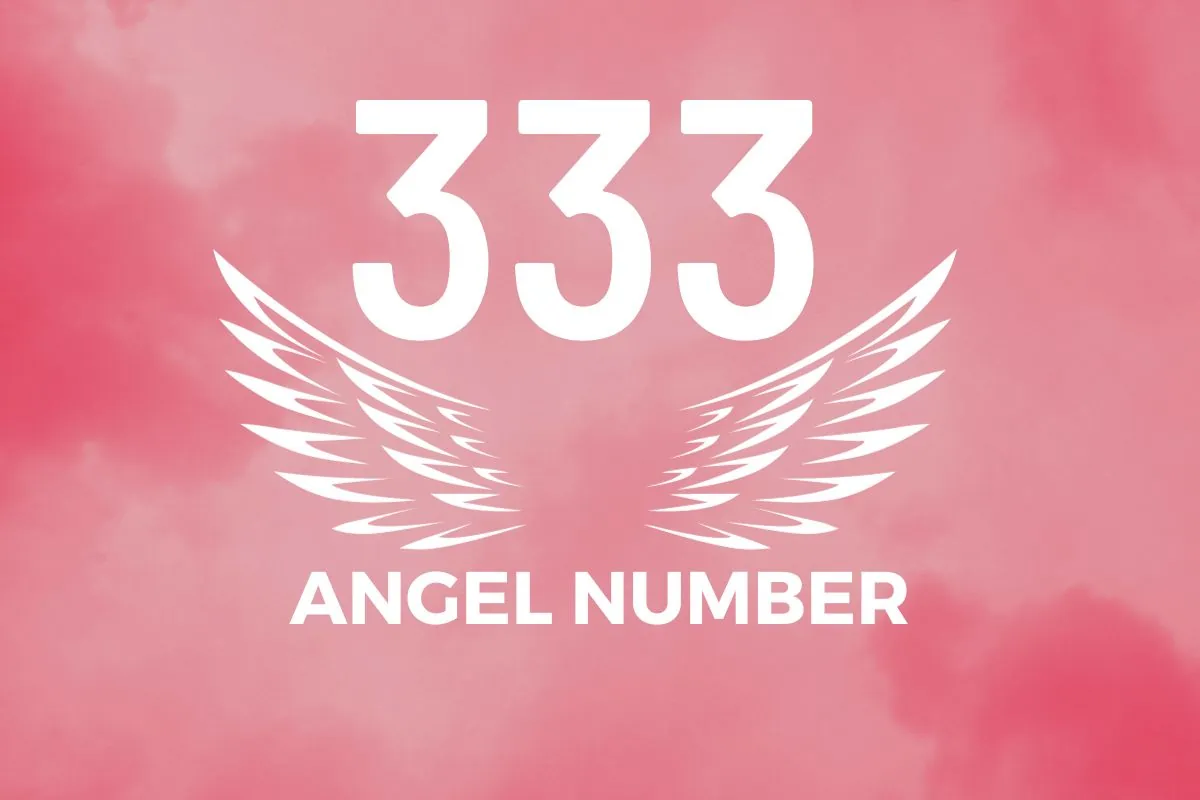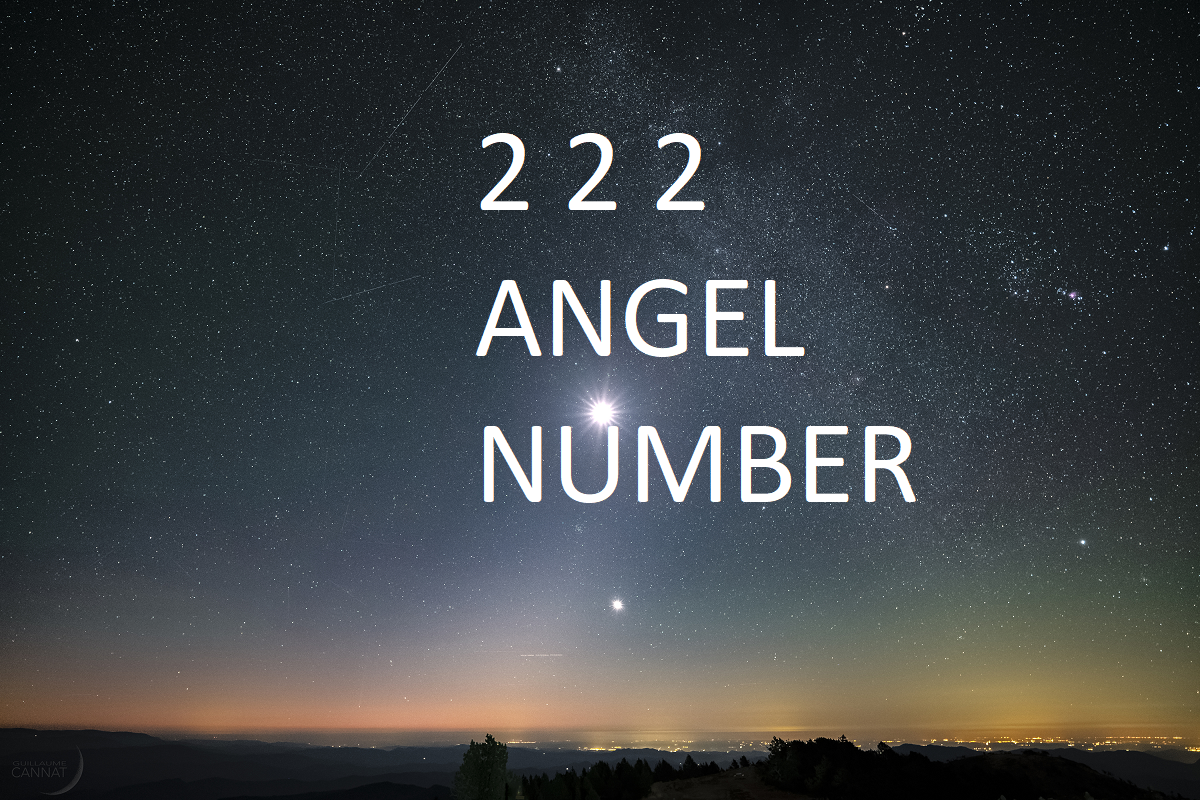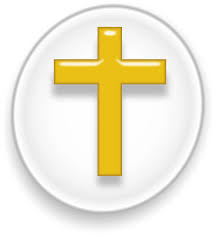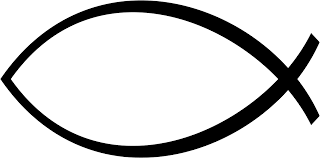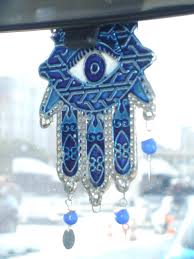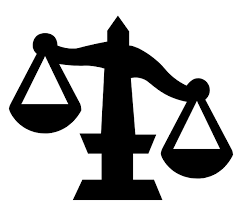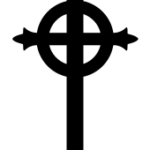
Presbyterian symbol
| Symbol | Presbyterian |
| Religion | Christianity |
| Origin | The origin of the symbol lies in the integration of Freemason and Presbyterian beliefs and symbols, likely emerging from individuals or groups with affiliations to both traditions. |
| Meaning | It likely embodies principles shared between Freemasonry and Presbyterianism, such as morality, spirituality, community, and faith. |
| Appearance | The symbol might incorporate elements like the square and compass from Freemasonry alongside Presbyterian symbols like the cross, Bible, or flame. |
| Colors | Colors could vary but may include traditional Freemason colors (blue, white, black) and Presbyterian colors (red, gold, white). |
| Usage | It could be used in various contexts such as rituals, ceremonies, documents, or as insignia on buildings or clothing. |
| History | Its history would trace back to the intersection of Freemason and Presbyterian communities and their interactions over time. |
| Popularity | Its popularity would depend on the prevalence of Freemasonry and Presbyterianism in a given region or community. |
| Importance | It holds significance for those who identify with both Freemasonry and Presbyterianism, serving as a symbol of their dual membership or beliefs. |
| Complexity | The symbol's complexity may vary depending on how intricately it combines elements from both traditions. |
| Emotions | It can evoke a range of emotions tied to the individual's connection to Freemasonry and Presbyterianism, such as reverence, fraternity, spirituality, and community. |
The Presbyterian Symbol: A Summary
The Presbyterian Church uses several symbols, but the most well-known one features a triangle at its core. This shape represents the Holy Trinity, a fundamental belief in Presbyterianism. Within the triangle, three key elements depict important aspects of the faith:
- Cross: This central symbol stands for Jesus Christ’s sacrifice and his role as Savior.
- Dove: Representing the Holy Spirit, it signifies God’s presence and guidance.
- Flames: These symbolize illumination and inspiration, drawing connections to both the Pentecost story and the burning bush in the Old Testament.
Some versions of the symbol also include an open Bible below the triangle, highlighting the centrality of scripture in Presbyterian theology. The denomination’s name often encircles the entire symbol.
While this specific triangular design gained prominence in the 20th century, other symbols hold significance within Presbyterianism:
- Burning bush: Representing God’s presence even amidst trials.
- Blue, white, and gold colors: Often associated with loyalty, purity, and the divine respectively.
- Cross worn by clergy: Symbolizes their role as ministers.
Remember, the richness of Presbyterian symbolism goes beyond individual elements. Their interplay emphasizes core beliefs like the Trinity, scripture’s importance, and Christ’s central role.
View rest of the Religious Symbols, Christianity Symbols
-
444 angel number
-
333 angel number
-
222 Angel Number
-
Christianity
-
Catholic Fish
-
Hamsa Hand
-
Jesus Cross
-
Judgement
-
Meditation
